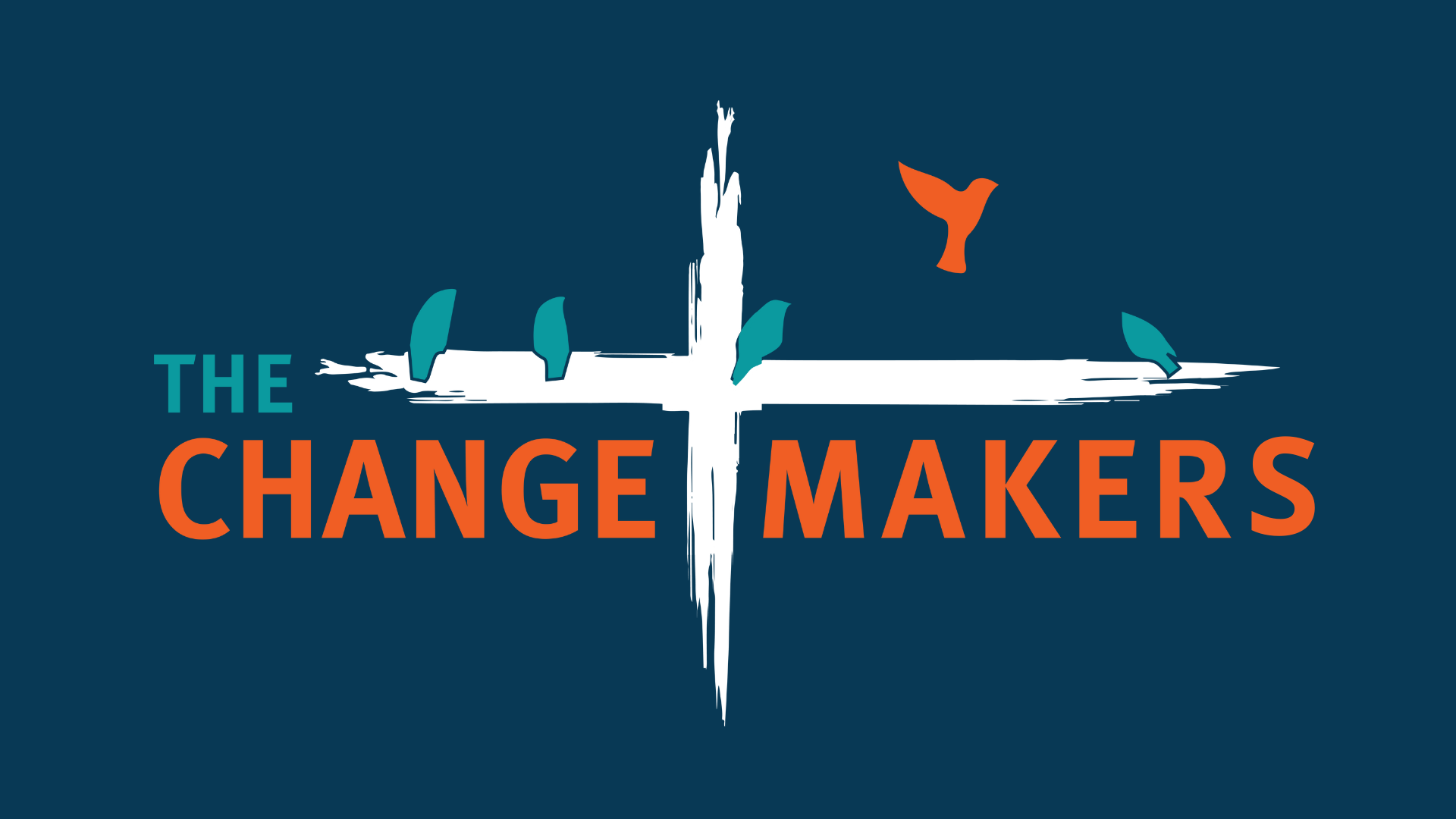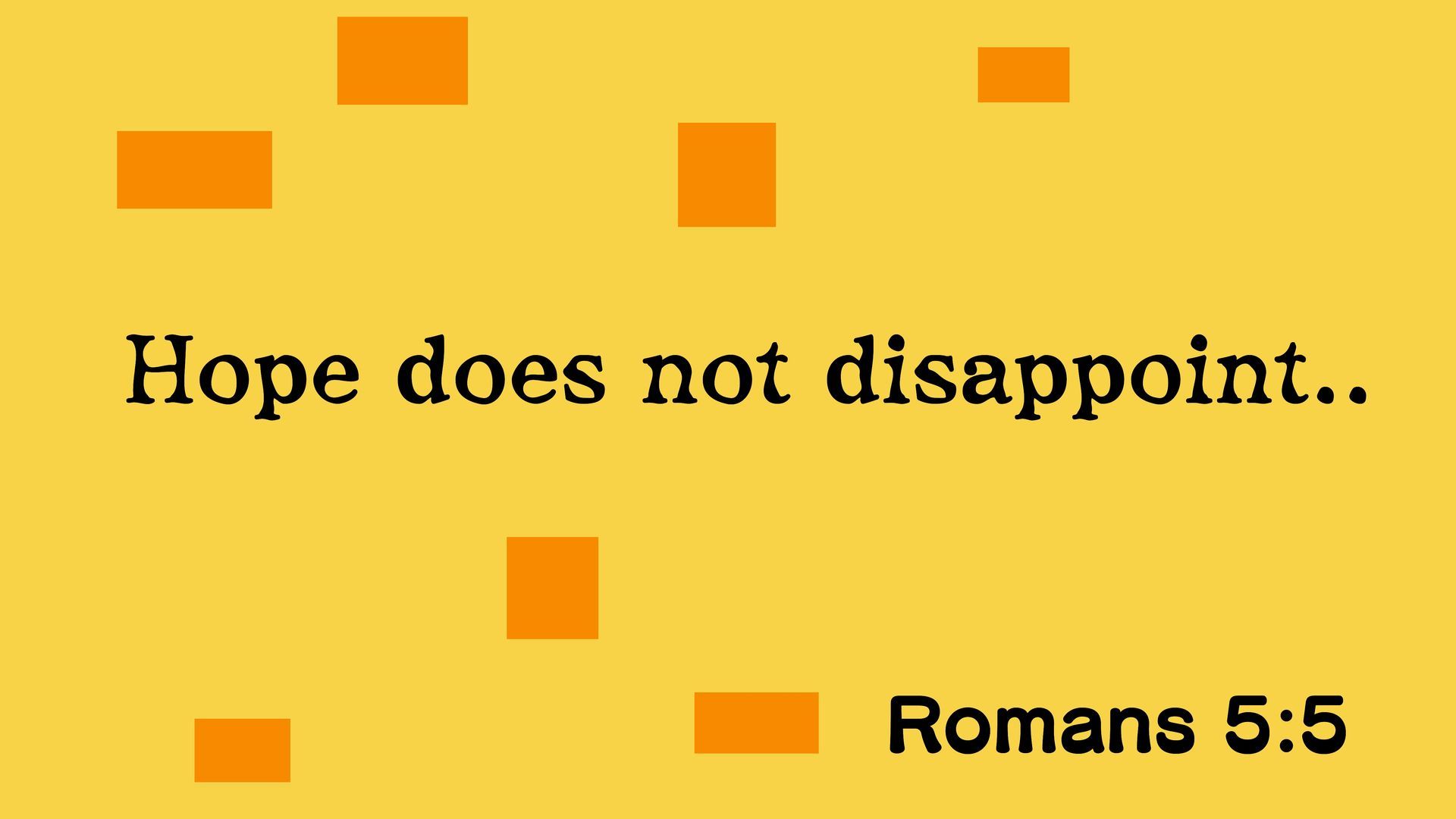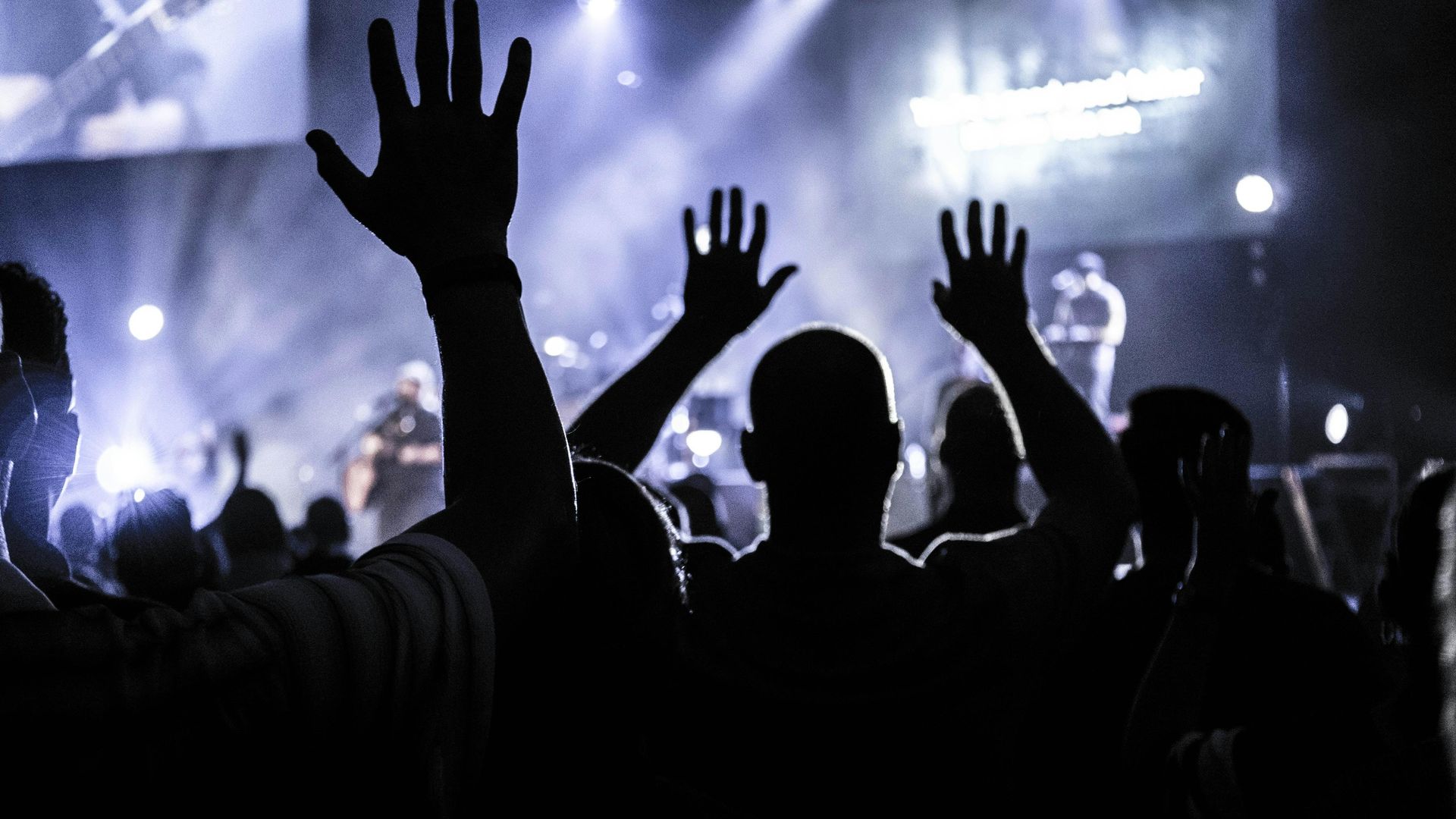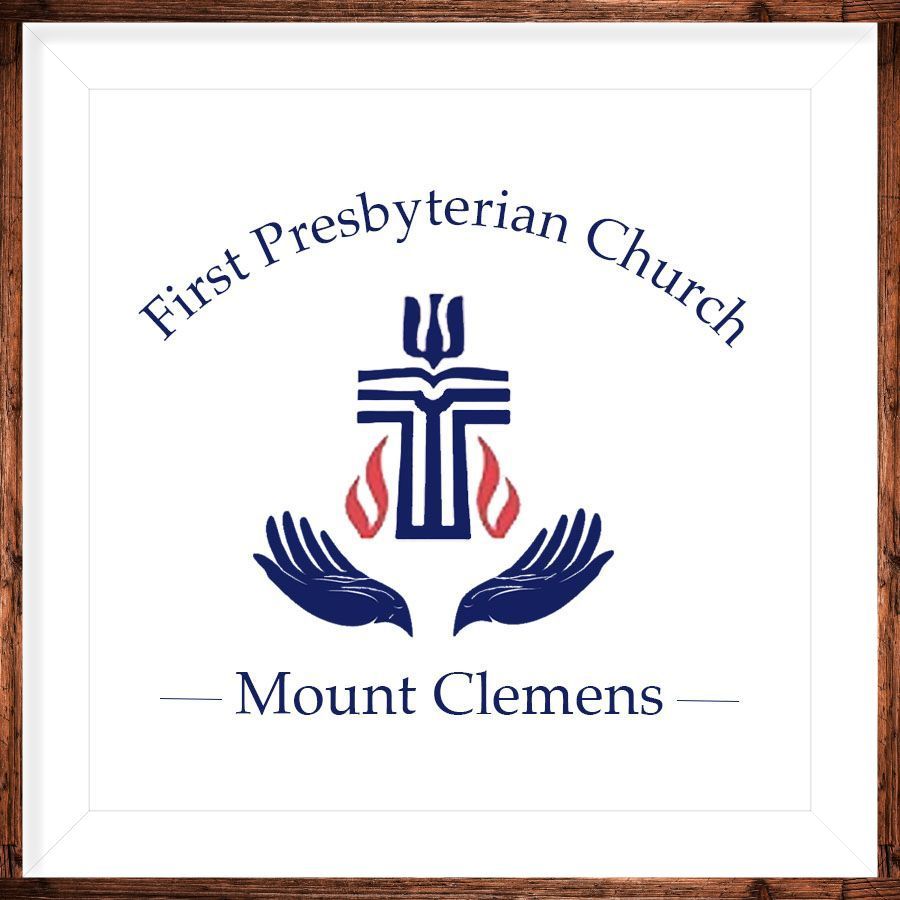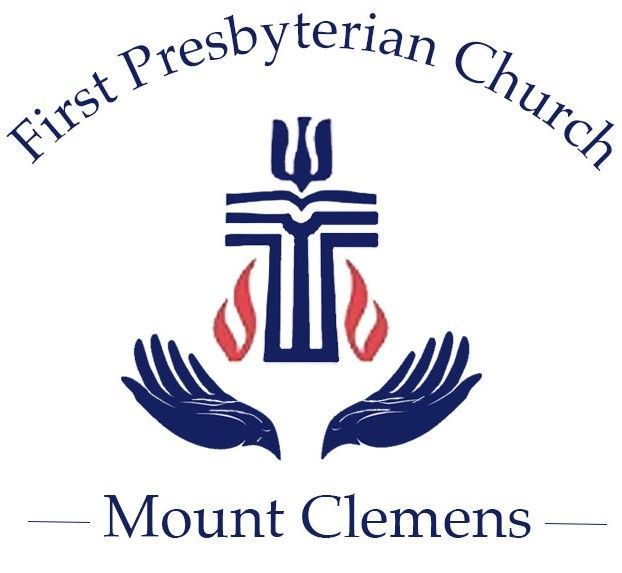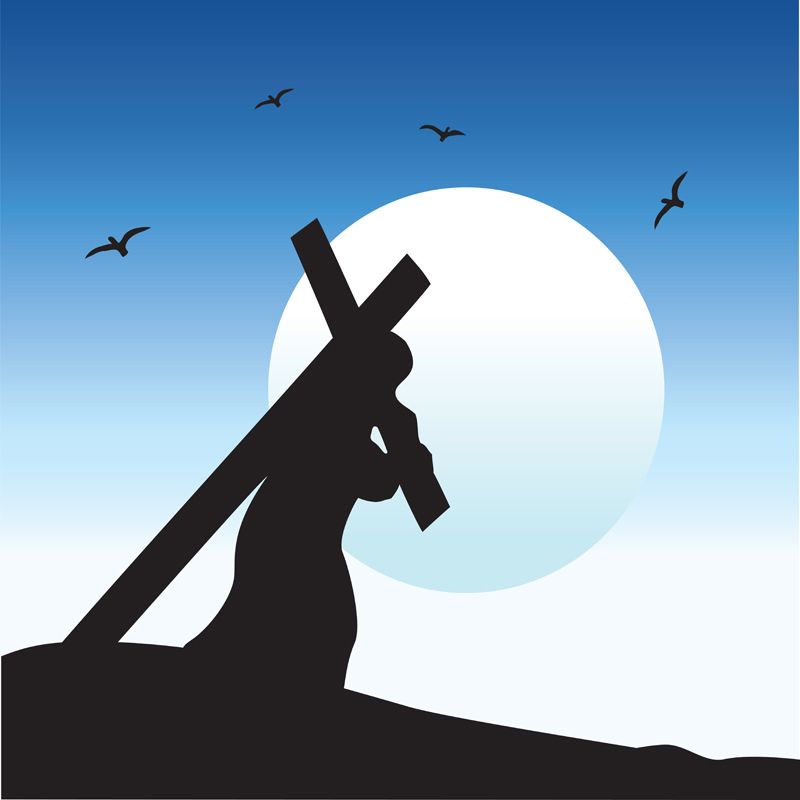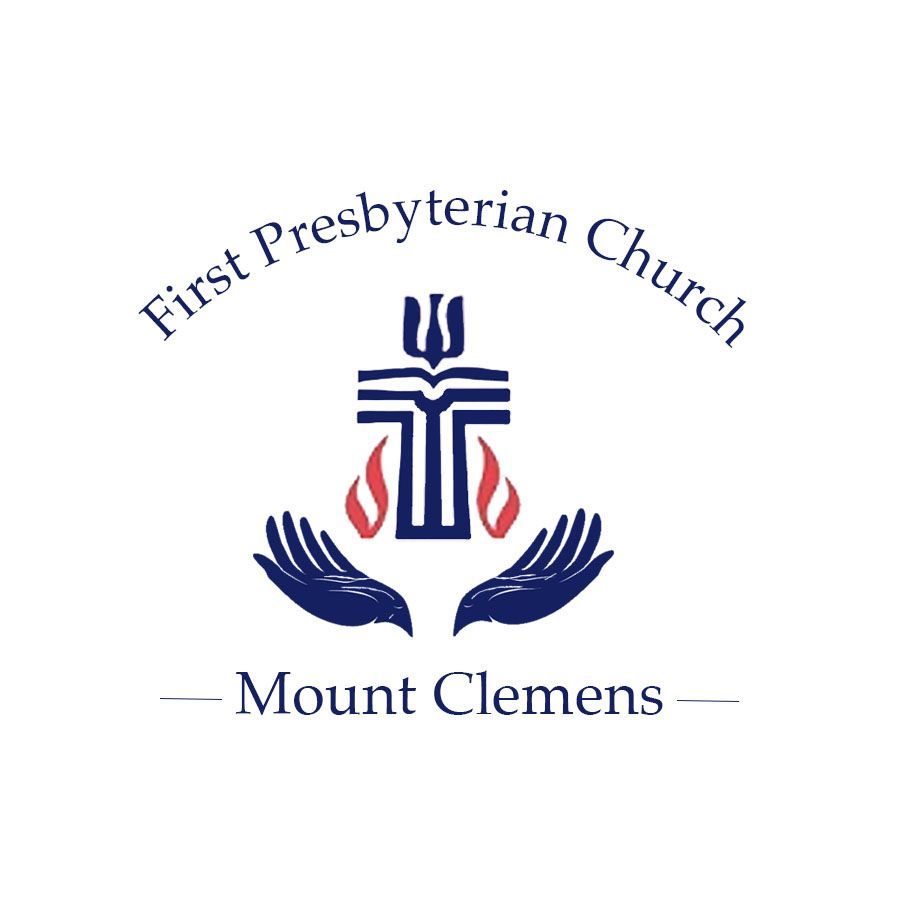“So, I say to you: Ask and it will be given to you; seek and you will find; knock and the door will be opened to you. For everyone who asks receives; the one who seeks finds; and to the one who knocks, the door will be opened.” Luke 11:9-10
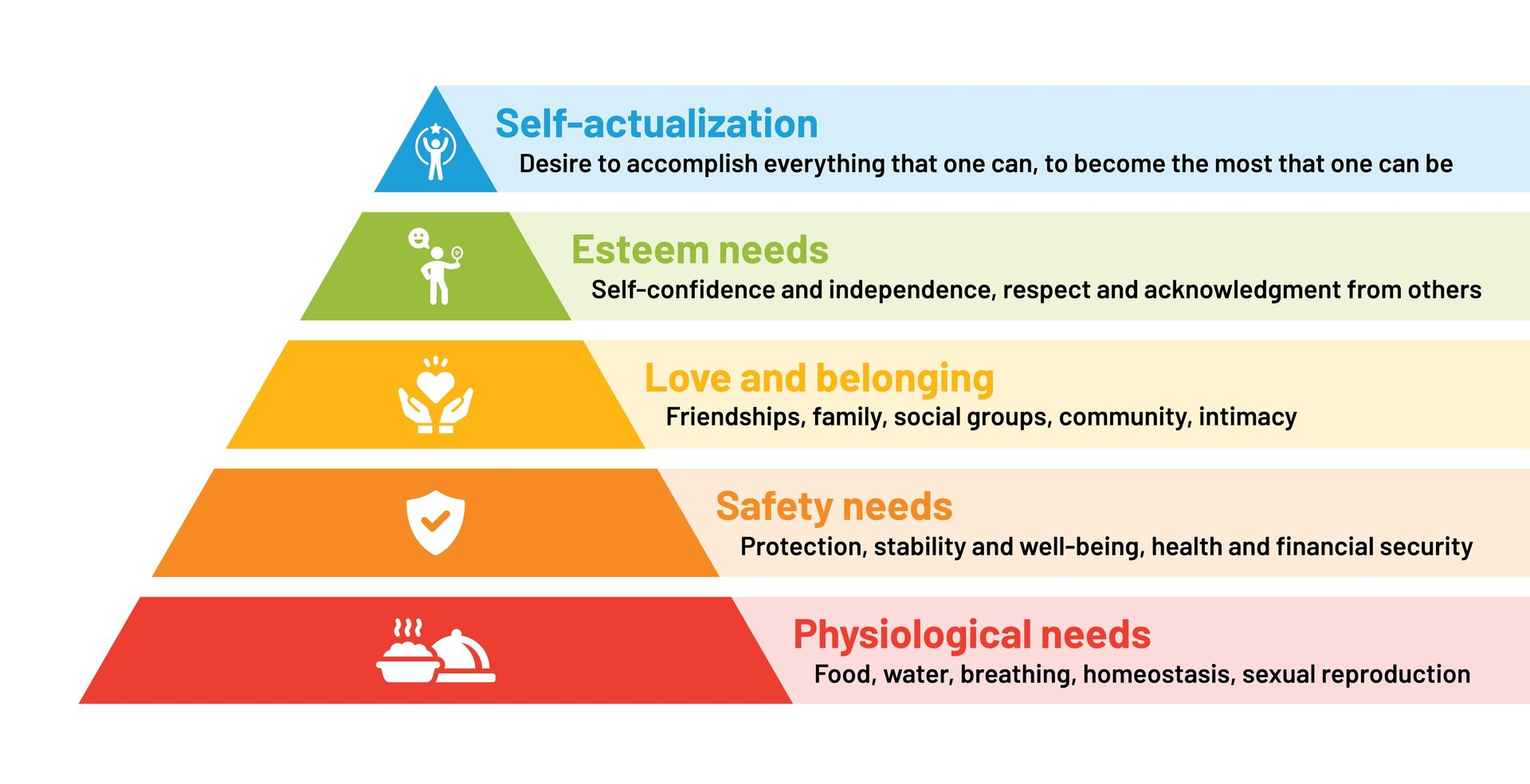
Dear Friends,
As we begin a new season in the church, it is good and right to think about what we mean when we pray “give us this day, our daily bread.” It is all about God’s provision. If we see God as a parent, we know that if we have a need, God will provide exactly what we need. The scripture verse above proves the case. Ask and it will be given to you. Knock and the door will be opened.
When Moses took the Israelites into the wilderness, the people realized that the provisions they had available to themselves in Egypt were not present in this place. They complained about the conditions in the wilderness. They now were faced with basic physiological needs. They were concerned with their food resources. We can understand this if we or people we know wonder where their next meal will come from. Bread is the most basic food of life. In those days, every family was careful to bake bread to have it readily available. Whenever I travel, whether it is by plane, train, or car, I make sure that I bring basic provisions like something to eat and drink. When Moses brought their complaints to God, God responded by giving them manna in the mornings, quail in the evenings and water to quench their thirsts.
When Jesus was with over five thousand people, he decided to feed them instead of sending them off to find their own provisions. When Jesus referred to himself as the Bread of Life, he was saying, “All that you need, I myself will provide.” But what does this mean? Is it only limited to food and drink?
In the devotional “The Lord’s Prayer” the author reminds us about the hierarchy of needs developed by Psychologist Abraham Maslow (1908-1970).
· The first level of need is physiological: food, shelter, and sleep.
· The second level up is that of safety and security: body, employment, health, and property.
· The third level is belonging: love, affection, family, friendship, and intimacy.
· The fourth level is esteem: achievement, confidence, position in a group, and status.
· And the final fifth level is self-actualization: achieving individual potential.
The author says, “we might believe the top of the pyramid is stepping fully into our anointing and calling to live our life on purpose for God.”
However, it must be all consuming for those who are stuck on the first few levels to be able to achieve or even maintain self-actualization. Increased costs are causing people to have to make choices about how they use their financial resources. John and I faced times of scarcity whether it was income, employment, health, and community. There were times when we robbed Peter to pay Paul. We found though that if we put our trust in Jesus, every need would work out in time. And so far, God has not let us down. Things may have worked out differently as we would have liked, but what we did receive was better than we could ever have imagined.
As we head into the fall, I hope you will keep in mind something that is in our Book of Order, and that is that God gives to the church everything it needs. We may feel like we are in a time of scarcity but when we trust in Jesus to provide for us personally and corporately, we open ourselves up to a season of great abundance.
May we have that kind of faith and trust now and forever.
I thank God for you,
Pastor Kathy
